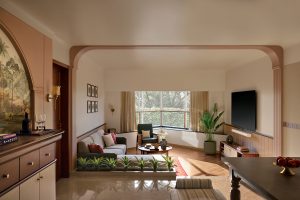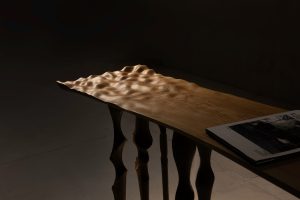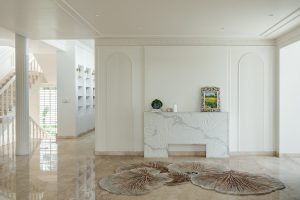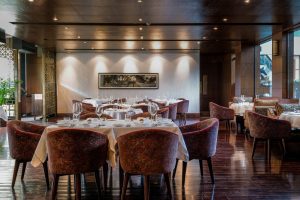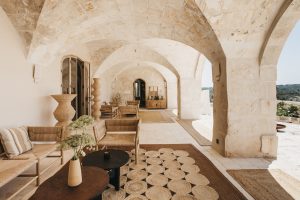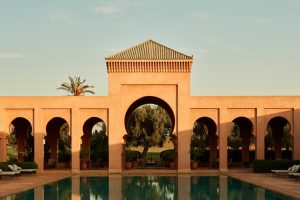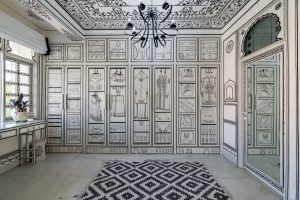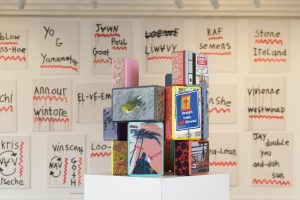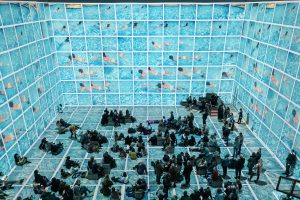14-Crore Fund Helps Restore Iconic Afghan Memorial Church In Colaba To Its Former Glory
- 11 Apr '24
- 1:06 pm by Manisha AR
Built in the mid-1800s, the Afghan War Memorial Church neé Church of St John the Evangelist in Navy Nagar, Mumbai is the city’s first example of Gothic Revival Architecture in India. Large windows, soaring ceilings supported by flying buttresses, and intricate details like decorative trims are some tell-tale signs of this medieval architectural style that was all the rage in 18th century England and as a result of the British occupation of India brought here.
Conceived in 1816 by the Lord Bishop of Calcutta as a chapel for British troops posted on the island of Colaba, this particular church and war memorial didn’t begin construction until 1847. The Afghan Memorial within and outside the church commemorates both Anglo-Afghan wars in 1838 and 1898 as well as soldiers, some of whom were from the Bengal Army, His Majesty’s Army, and Bombay Army. Aspects of the memorial like name plaques, detailing into windows, and a concrete stone memorial outside were all added over the years to commemorate various members of the army, private soldiers, those non-commissioned and many whose names were never known.
Located in the tranquil neighbourhood of Navy Nagar and surrounded by trees and army buildings, it is a hidden gem that few recognize. Up until earlier this month, it was a place of reverence and marvel only to its congregation and well-wishers. Two years ago, the World Monument Fund and Citi partnered with the Church of North India, the Indian Navy and various teams to restore and conserve this heritage building. While the restoration process began only two years ago, the early conversations go further back as many communities and specialists hold the church close to their hearts. Scheduled to be completed in early March of 2024, the church and war memorial has been restored to its former glory. From extensive repairs of the roof, and replacing the antique drainage system to restoration of the 150-year-old stained glass windows that cost approximately 14 crores for a facelift to this iconic building.
Also read: Restoring A Mumbai Icon: How The David Sassoon Library Regained Its Former Splendour
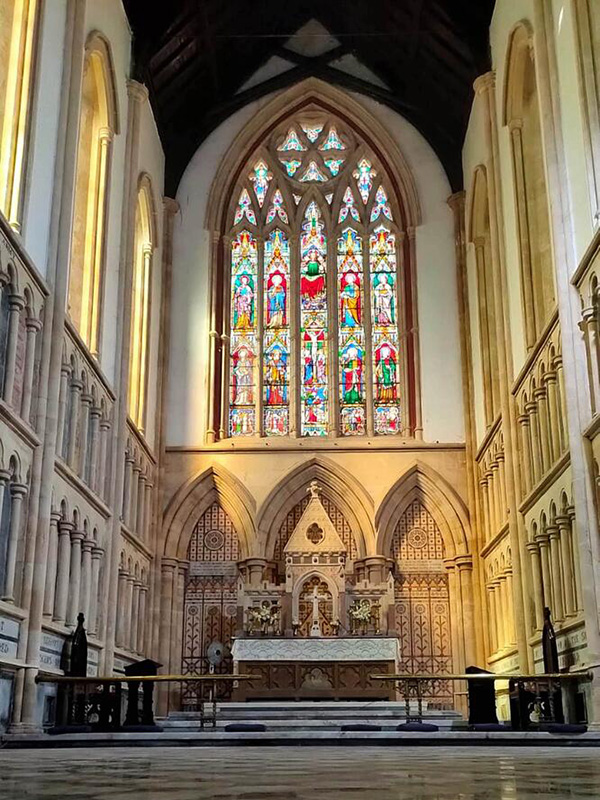
In fact, “The Afghan War Memorial Church or the Church of St John, the Evangelist is one of the largest recipients of English stained glass in India,” explained Swati Chandgadkar who along with her team at The Glass Studiom, Anupam Sah, and architect Kirtida Unwalla was able to restore all of the stained glass windows inside the church. While Gothic Revival architecture had gained currency in England in the early 19th century, the use of stained glass was still not widespread.
Chandgadkar tells DP that this project is incredible because it houses stained glass from three different studios in Britain that were commissioned at the inception of the church. The manufacturers included prolific British artists like Charles Eamer Kempe, Henry Holiday. and William Wailes. The west window, which came onboard a ship in 1857 from the Wailes studio is considered a masterpiece because of how much it embodies the tradition of the mid-nineteenth century. Meanwhile, the stained glass in the clerestories came from the highly reputed James Powell & Sons known as Whitefriars Glass. Both of these were considered prolific and their works can be found across the United Kingdom today. Both have unique styles for example Wailes was known for his ‘rose windows’ while the Whitefriars were known for their ‘pressed glass.’
Also read: Lutyens’ Delhi: A Journey Through 4 Of His Iconic Landmarks
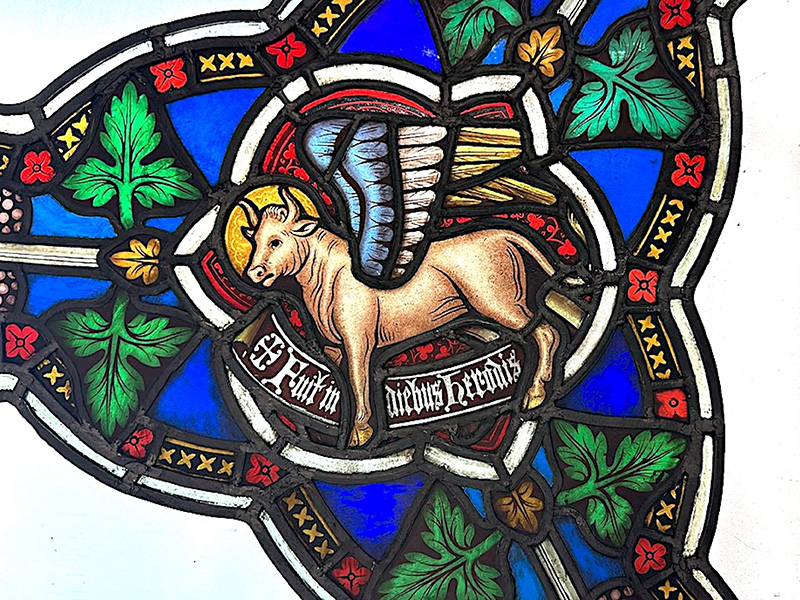
Chandgadkar has been working with architect Unwalla who has been spearheading the restoration project, since 1998. Together they had worked on a pair of aisle windows, later restored the clerestory windows in the Chancel and had now come back to work on the entire process.
This Anglican church resembles a typical English Gothic church with several layered naves above the altar, a retro-choir, a basin for baptism, and lancet windows are some of the distinguishing features of this church. It was conceived and executed by English civil engineer Henry Conybeare and Sir William Wailes. A revival architect, William Butterfield added to the Afghan War Memorial mosaic with his signature use of polychrome floor tiles, choir stalls, and a metal screen. He also added a distinguishing feature to the pews— designated slots for soldier’s rifles. Unlike most civilian churches, these pews were specifically designed for a soldier to attend service at the church in uniform with their arms. Each pew barring the first couple of rows comes with a slot to hold their large rifle while the front rows were reserved for higher ranking officials who didn’t normally carry rifles.
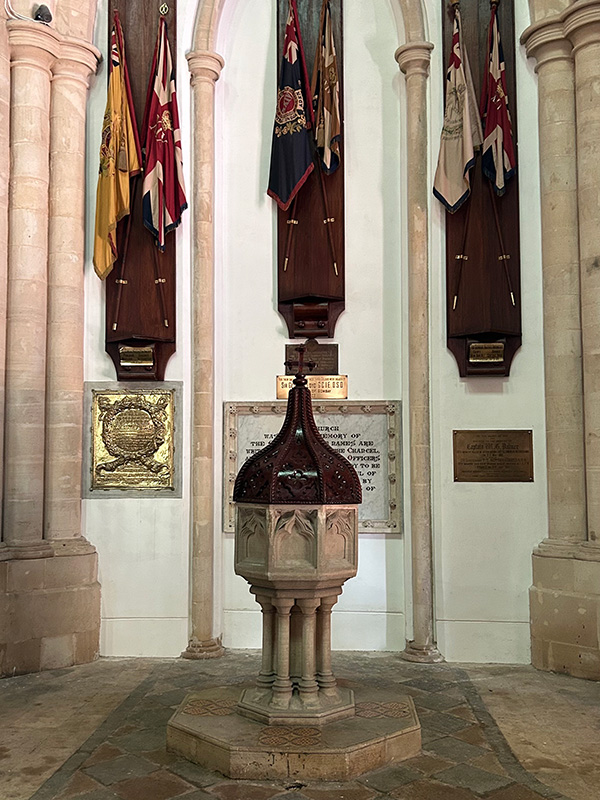
The high ceiling was made using local materials like teak wood and stone from nearby quarries of Kurla. Many of the artefacts in the church such as the regiment flags at the entrance have been replaced with duplicates while the originals are being conserved at the Prince of Wales Museum nearby. The church also boasted an impressive organ series of organs – a small one that wasn’t powerful enough for a church of this scale and a second one that was lost to torrential rains. While the organs are no longer a part of the church, the screen door concealing it remains intact. The other musical aspect of this church is the peal of 8 bells housed inside the 198ft tall spire. These bells were a gift from Sir Charles Cayzer and crafted by John Taylor & Co. Tuned to the notes of eight notes of Western classical music, these bells can be played individually and in harmony to date! Mr Christopher Elisha of the Afghan Church Pastorate Committee can be heard playing it during a weekly service.
One of the other significant restoration aspects includes revamping the elaborate French draining system around the building as well as the extensive grounds that have laid barren. This would be a big step in creating not just a social space for church-goers but also act as a “green lung” for the city that continues to suffer from severe air pollution. Moreover, Elisha who is a third-generate member of the congregation at the Afghan Church tells DP how even though this church originally brought together British soldiers, it has continued to bring together communities today. In the past, the Church has hosted concerts by local and international choirs, exhibitions of artists like M.F. Hussain and even extended community outreach for local schools.
For a city abundant with history, nostalgia, architectural history and diverse communities, the restoration of the Afghan Memorial Church serves as a positive step for heritage buildings. Moreover, the building’s nuanced and historically rich details make it an enthralling sight to see.


